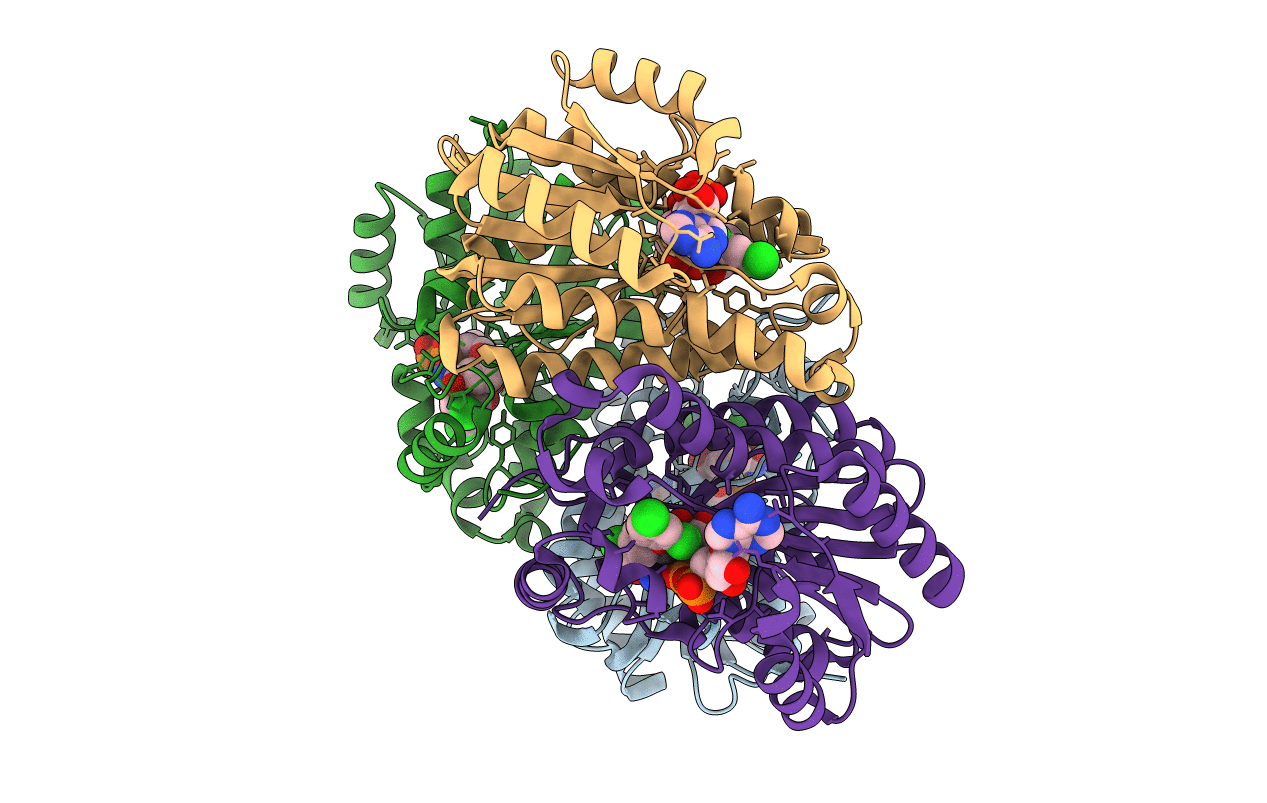
Deposition Date
2009-11-20
Release Date
2010-11-24
Last Version Date
2023-12-20
Entry Detail
PDB ID:
2WYW
Keywords:
Title:
High resolution structure of Thermus thermophilus enoyl-acyl carrier protein reductase NAD and triclosan-form
Biological Source:
Source Organism:
THERMUS THERMOPHILUS (Taxon ID: 300852)
Host Organism:
Method Details:
Experimental Method:
Resolution:
1.90 Å
R-Value Free:
0.19
R-Value Work:
0.15
R-Value Observed:
0.15
Space Group:
P 1 21 1


